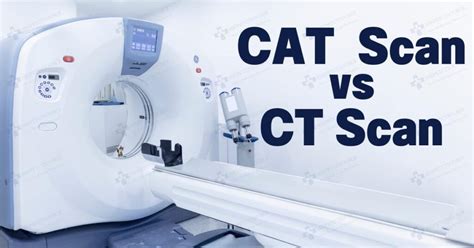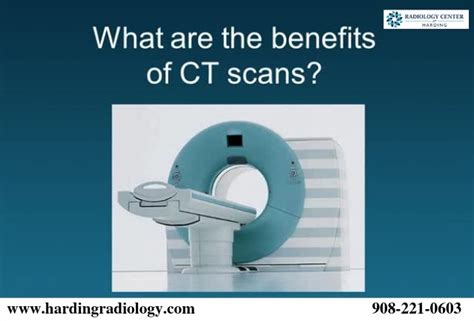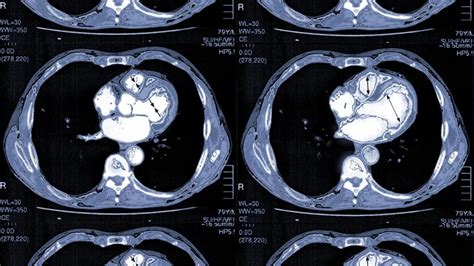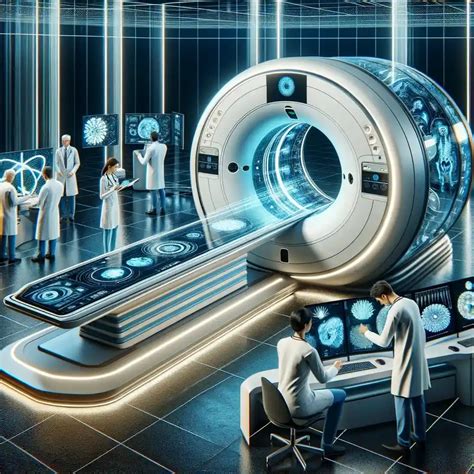Intro
Discover the CT Cat Scan procedure, a diagnostic imaging test using X-rays and computer tech to produce detailed cross-sectional images, aiding in disease diagnosis and treatment planning with CT scan benefits and risks explained.
The CT cat scan procedure is a vital diagnostic tool used in the medical field to produce detailed images of the inside of the body. This non-invasive procedure helps doctors to diagnose and treat various medical conditions, including injuries, cancers, and vascular diseases. The CT scan uses a combination of X-rays and computer technology to create cross-sectional images of the body, which can be used to identify abnormalities and diseases. In this article, we will delve into the details of the CT cat scan procedure, its benefits, and what to expect during the scanning process.
The importance of the CT cat scan procedure cannot be overstated. It has revolutionized the field of medicine, allowing doctors to diagnose and treat diseases more accurately and effectively. The procedure is painless and relatively quick, making it a preferred diagnostic tool for many patients. Moreover, the CT scan can be used to guide minimally invasive procedures, such as biopsies and tumor treatments, which reduces the risk of complications and promotes faster recovery.
The CT cat scan procedure has undergone significant advancements in recent years, with the development of new technologies and techniques. One of the most notable advancements is the introduction of high-speed scanners, which can produce high-quality images in a matter of seconds. This has reduced the scanning time, making it more comfortable for patients and allowing for more accurate diagnoses. Additionally, the use of contrast agents has improved the visibility of certain tissues and organs, enabling doctors to diagnose diseases more accurately.
How CT Cat Scan Works

The CT cat scan procedure works by using X-rays to produce detailed images of the inside of the body. The scanner consists of a large, doughnut-shaped machine that surrounds the patient's body. The machine is equipped with X-ray tubes and detectors, which rotate around the patient's body to capture images from different angles. The X-rays pass through the patient's body, and the detectors measure the amount of radiation that is absorbed by different tissues. This information is then used to create cross-sectional images of the body, which can be used to diagnose diseases and injuries.
The CT scan procedure typically involves several steps. First, the patient is prepared for the scan by removing any jewelry, glasses, or other objects that may interfere with the imaging process. The patient is then positioned on a table that slides into the scanner, and the X-ray tubes and detectors rotate around the body to capture images. The scanning process can take anywhere from a few seconds to several minutes, depending on the type of scan and the area of the body being imaged.
Types of CT Scans
There are several types of CT scans, each with its own specific uses and applications. Some of the most common types of CT scans include:- Head CT scan: used to diagnose head injuries, strokes, and brain tumors
- Chest CT scan: used to diagnose lung diseases, such as pneumonia and lung cancer
- Abdominal CT scan: used to diagnose abdominal injuries, cancers, and vascular diseases
- Pelvic CT scan: used to diagnose pelvic injuries, cancers, and reproductive disorders
Benefits of CT Cat Scan

The CT cat scan procedure has several benefits, including:
- Accurate diagnoses: the CT scan produces high-quality images that can be used to diagnose diseases and injuries accurately
- Non-invasive: the CT scan is a non-invasive procedure that does not require surgery or insertion of instruments into the body
- Quick and painless: the CT scan is a relatively quick and painless procedure that can be completed in a matter of minutes
- Guides minimally invasive procedures: the CT scan can be used to guide minimally invasive procedures, such as biopsies and tumor treatments
The CT cat scan procedure is also useful in monitoring the progression of diseases and the effectiveness of treatments. For example, a CT scan can be used to monitor the size of tumors and the spread of cancer, allowing doctors to adjust treatment plans accordingly.
Risks and Side Effects
While the CT cat scan procedure is generally safe, there are some risks and side effects to be aware of. These include:- Radiation exposure: the CT scan uses X-rays, which can increase the risk of radiation exposure and cancer
- Allergic reactions: some patients may be allergic to the contrast agents used in the CT scan, which can cause allergic reactions
- Kidney damage: the contrast agents used in the CT scan can cause kidney damage in some patients
It is essential to discuss any concerns or risks with your doctor before undergoing a CT scan. Your doctor can help you weigh the benefits and risks of the procedure and determine if it is right for you.
Preparation for CT Cat Scan

To prepare for a CT cat scan, patients should follow these steps:
- Remove any jewelry, glasses, or other objects that may interfere with the imaging process
- Wear comfortable, loose-fitting clothing
- Avoid eating or drinking for several hours before the scan
- Inform your doctor of any allergies or medical conditions
It is also essential to follow any specific instructions provided by your doctor or the imaging center. This may include avoiding certain medications or preparing for the scan in a specific way.
What to Expect During the Scan
During the CT cat scan procedure, patients can expect the following:- The scanning process will take anywhere from a few seconds to several minutes, depending on the type of scan and the area of the body being imaged
- The patient will be positioned on a table that slides into the scanner
- The X-ray tubes and detectors will rotate around the patient's body to capture images
- The patient may be asked to hold their breath or remain still during the scanning process
It is essential to remain still and follow any instructions provided by the imaging technician to ensure that the scan is completed accurately and safely.
CT Cat Scan Results

The results of a CT cat scan are typically available within a few hours or days after the scan. The results will be interpreted by a radiologist, who will look for any abnormalities or diseases. The results may be used to diagnose diseases, guide minimally invasive procedures, or monitor the progression of diseases.
It is essential to discuss the results with your doctor, who can help you understand the findings and develop a treatment plan. Your doctor may also recommend additional tests or procedures to confirm the diagnosis or monitor the effectiveness of treatment.
Common Uses of CT Cat Scan
The CT cat scan procedure has several common uses, including:- Diagnosing injuries and diseases, such as head injuries, strokes, and lung cancer
- Guiding minimally invasive procedures, such as biopsies and tumor treatments
- Monitoring the progression of diseases and the effectiveness of treatments
- Detecting vascular diseases, such as atherosclerosis and aneurysms
The CT cat scan procedure is a versatile diagnostic tool that can be used in a variety of medical applications.
Future of CT Cat Scan

The future of the CT cat scan procedure is promising, with ongoing advancements in technology and techniques. Some of the potential developments include:
- Improved image quality and resolution
- Increased use of artificial intelligence and machine learning to interpret images and diagnose diseases
- Development of new contrast agents and imaging techniques
- Increased use of CT scans in guiding minimally invasive procedures and monitoring the progression of diseases
These advancements will continue to improve the accuracy and effectiveness of the CT cat scan procedure, making it an essential diagnostic tool in the medical field.
Conclusion and Next Steps
In conclusion, the CT cat scan procedure is a vital diagnostic tool used in the medical field to produce detailed images of the inside of the body. The procedure has several benefits, including accurate diagnoses, non-invasive, quick and painless, and guides minimally invasive procedures. While there are some risks and side effects to be aware of, the benefits of the CT cat scan procedure make it an essential diagnostic tool in the medical field.If you have any questions or concerns about the CT cat scan procedure, we encourage you to discuss them with your doctor. Your doctor can help you weigh the benefits and risks of the procedure and determine if it is right for you.
What is a CT cat scan?
+A CT cat scan is a diagnostic imaging procedure that uses X-rays and computer technology to produce detailed images of the inside of the body.
How long does a CT cat scan take?
+The scanning process can take anywhere from a few seconds to several minutes, depending on the type of scan and the area of the body being imaged.
What are the benefits of a CT cat scan?
+The benefits of a CT cat scan include accurate diagnoses, non-invasive, quick and painless, and guides minimally invasive procedures.
We hope this article has provided you with a comprehensive understanding of the CT cat scan procedure. If you have any further questions or concerns, please do not hesitate to reach out to us. We encourage you to share this article with others who may be interested in learning more about the CT cat scan procedure.
